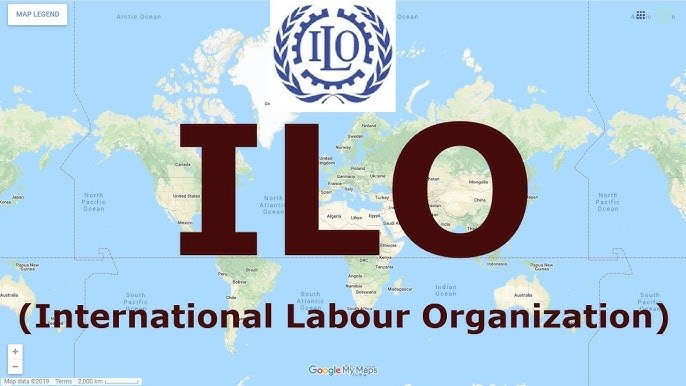
The International Labour Organisation (ILO) has underscored the complexities of labour migration and the key need for targeted policies to support international migrants.
This comes as the global body said that international migrants continue to play a vital role in the global labour market, accounting for 4.7 per cent of the labour force in 2022.
A new report released by the ILO said the targeted policies should include improving access to decent work opportunities and enhancing the protection of migrant workers.
The report indicated that 167.7 million migrants were part of the labour force of their destination countries in 2022.
Of this, it stated that 102.7 million were men and 64.9 million were women (rounded figures).
This, it said, represents an increase of more than 30 million since 2013, an increase that was mainly observed between 2013 and 2019.
It stated that with many migrants employed in high-demand sectors, ensuring equitable access to employment opportunities for fostering sustainable development and inclusive labour markets is a policy priority.
ILO Director-General, Gilbert Houngbo, said migrant workers are indispensable in addressing global labour shortages and contributing to economic growth.
He said ensuring their rights and access to decent work was not only a moral imperative but also an economic necessity.
On labour market inclusion, the report stated that of the 167.7 million migrants in the labour force in 2022, 155.6 million were employed, while 12.1 million were unemployed.
It said significant gender disparities persisted, as migrant women had an employment-to-population ratio of only 48.1 per cent, compared to 72.8 per cent for migrant men.
According to it, migrants faced a higher unemployment rate (7.2 per cent) compared to non-migrants (5.2 per cent), with migrant women (8.7 per cent) experiencing higher unemployment levels than men (6.2 per cent).
“This disparity may be driven by factors such as language barriers, unrecognised qualifications, discrimination, limited childcare options, and gender-based expectations that restrict employment opportunities, particularly for women,” it said.








